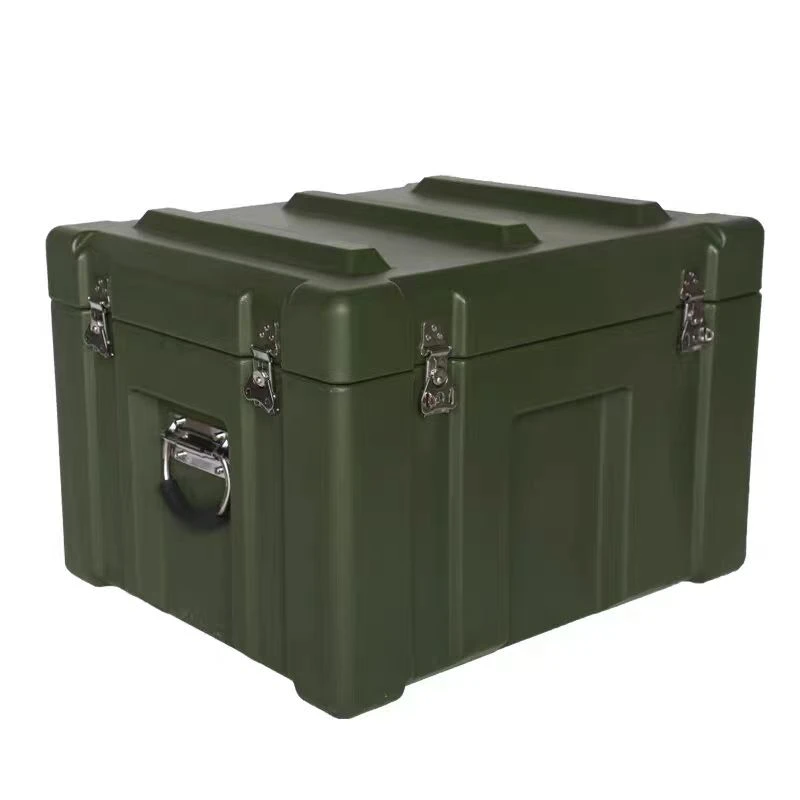
An automotive tool box provides several key benefits, making it an essential storage solution for car owners, mechanics, and DIY enthusiasts. One of the primary advantages is organization. With a dedicated tool box, you can easily store and organize your automotive tools, ensuring they are easily accessible whenever needed. This not only saves time but also prevents the frustration of searching for the right tool in a cluttered garage or workspace. Automotive tool boxes come in a variety of sizes and designs, including portable options for on-the-go work and larger, more comprehensive units for professional mechanics. Many feature multiple drawers, compartments, and even foam inserts to securely store delicate or specialized tools, preventing damage and ensuring longevity. A well-organized tool box also protects tools from rust, dirt, and other environmental factors that could affect their performance. Another benefit is mobility; portable tool boxes make it easy to transport tools to different work sites or transport them in the trunk of a car for roadside repairs. Tool boxes with locking mechanisms also offer added security, preventing tools from being stolen or misplaced. Additionally, the durable construction of automotive tool boxes, often made from steel or high-quality plastic, ensures they can withstand the rigors of daily use and provide long-lasting value. Whether for a home mechanic or professional garage, a tool box improves efficiency, saves space, and ensures that automotive repairs and maintenance can be carried out smoothly.
What Should You Consider When Choosing An Automotive Tool Box?
When selecting an automotive tool box, there are several important factors to consider to ensure it meets your specific needs. First, determine the size and storage capacity required based on the number and types of tools you need to store. For home use or light repairs, a smaller, more compact box may suffice, but for more extensive tool collections or professional use, a larger box with multiple compartments or drawers may be necessary. The material of the box is another key consideration. Steel tool boxes are durable and can handle heavy-duty tools, while plastic or aluminum options are lighter and more portable but may not offer the same level of protection. Consider the weight and portability of the tool box, especially if you plan to carry it between different locations or need a mobile solution for on-site repairs. A box with wheels or a handle can make transportation much easier. Check for organizational features such as drawer dividers, tool trays, and secure compartments to keep your tools neatly arranged and easy to access. Security is also important, especially for those who have high-value tools. Look for a box with locking mechanisms to keep your tools safe. Finally, assess the overall build quality of the box, including its durability, ease of use, and resistance to wear and tear over time. By considering these factors, you can select the right automotive tool box to improve the efficiency and organization of your workspace.
How Do You Maintain An Automotive Tool Box?
Maintaining an automotive tool box is essential to ensure it continues to perform well and keeps your tools organized and protected. The first step is to regularly clean the box. Over time, dust, grease, and grime can accumulate on the exterior and interior of the box. Use a damp cloth and mild soap to clean the outside, and wipe down the interior to remove any dirt or debris that could interfere with the smooth operation of drawers or compartments. For metal tool boxes, it’s important to prevent rusting, so be sure to dry the box thoroughly after cleaning. Apply a rust-resistant spray or lubricant to any metal surfaces to prevent corrosion, especially if the tool box is exposed to moisture or humidity. Organizing your tools is another important aspect of maintenance. Keep tools in their designated places to prevent unnecessary wear and tear and avoid losing important items. Periodically check the hinges, locks, and drawers of the tool box to ensure they are functioning correctly. If any parts become loose or damaged, repair or replace them promptly to avoid issues with access or security. For portable tool boxes, inspect the wheels or handles regularly to ensure they are secure and easy to use. Finally, consider using drawer liners or foam inserts to protect delicate or frequently used tools from damage. By maintaining your tool box, you can extend its lifespan, keep your tools in top condition, and create a more efficient and organized workspace.








